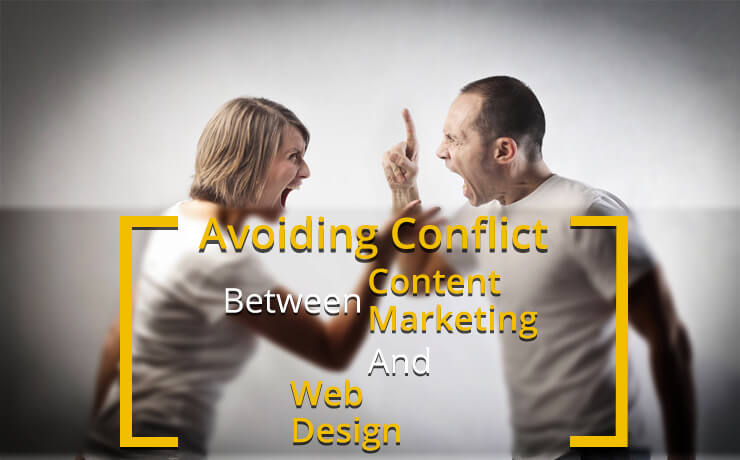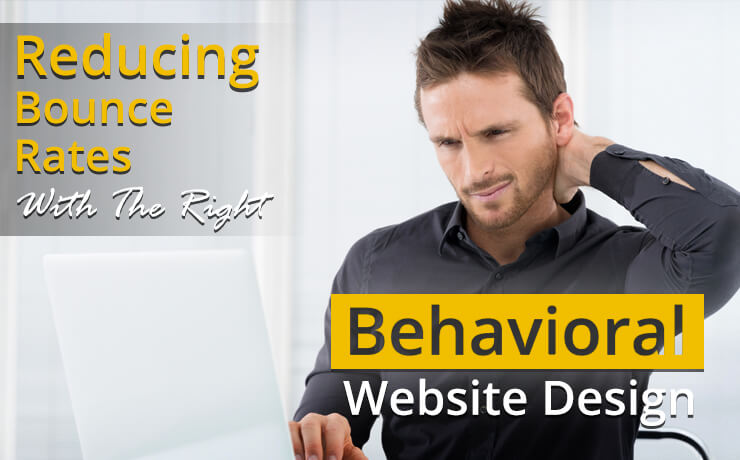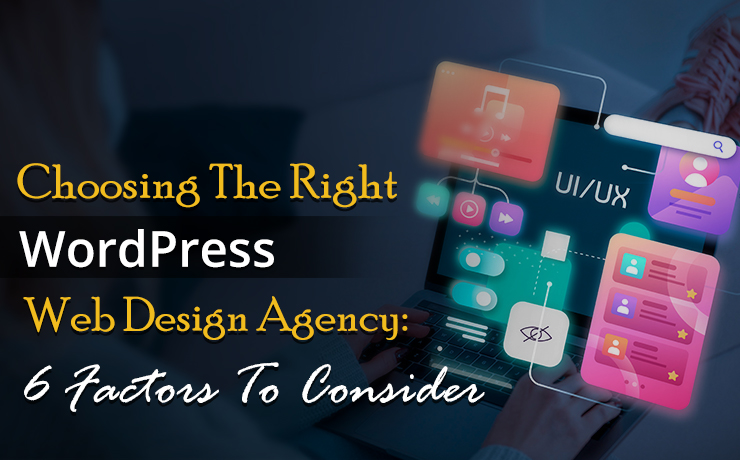Avoiding Conflict Between Content Marketing And Web Design

Chad Faith
Director of Content

A lack of proper web design can have potential clients closing their web browsers and hopping over to a competitor. Always keep in mind that the design you choose impacts how a visitor perceives your business. From style to color choice, varying elements add up to create a first impression. When content marketing and web design come together, how can you avoid creating a conflict?
Understanding Content Marketing
The main goal of content marketing is to generate interest in content published by a company. The content does not have to directly advertise a company’s brand or product. It is more of providing helpful and relevant information. Let’s say that you are a business that sells electronic tools and accessories. Next, most homeowners would want to have the skills to perform simple home repairs themselves instead of hiring a professional. You can set up a section on your site that shares tutorials, guides, and DIY project ideas. While such content are not straightforward advertisements, consumers will be more willing to buy their required supplies from your store, rather than a competitor.
How to Avoid Conflict Between Content Marketing and Web Design
Comprehension
Many consumers are visual learners by nature. They need to look at photos and graphics to grasp the concept of new topics and information. When you create content, it is pertinent that you include attractive visuals. Regardless of your industry, videos and photos can help your potential customers get a better idea of how they can effectively utilize your services and products. You would want to ensure that your site’s design work well with visual content, i.e. making it easy for visitors to scroll through the content.
Today, a popular type of online content is quick and simple cooking videos. Viewers are shown exactly how the meal is made and prepared beforehand. This makes it easier for them to try the recipe out for themselves.
Readability
If you use too many font types in your content, the result could look unprofessional and overwhelming. The ideal text should be easy to read and visually appealing. A good practice is to stick to one font for the body copy and another for titles. Next, your font color should not be too similar to your background. If it hard to distinguish which is which, your visitors may not even bother reading it. Make sure your body copy is large enough to be read without struggle as well.
Appearance
Most visitors would make judgements about the trustworthiness and quality of your content based on how professional the site is from the get-go. Even if your content is easy to find, a poor design can turn people away. Users may be hesitant to treat your site as a valuable resource if it looks visually unappealing and/or outdated. Illustrate your professionalism by opting for a clean and modern design. This will help instill confidence in your visitors that they can trust you for advice.
Accessibility
Accessibility is a major consideration when it comes to designing a content-heavy site. If you need to publish informational content on your site, be sure to make it easy to read and find. Choose a navigation setup that allows users to search for information without clicking through pages of irrelevant content. Visitors are more likely to give up when they encounter such inconveniences. In worst cases, they might visit another site instead. Implementing drop-down menu choices is a good idea. It helps visitors find what they need quickly.
The Bottom Line
As you can see, many different web design elements play an important role in content marketing. The bottom line is that your website should be designed with readers and visitors in mind, not just based on your personal preferences. If your visitors can find what they are looking for easily, the more enjoyable it will be for them to read and digest your content. This will yield better results for your marketing strategy.
 Free
Consultation
Free
Consultation Free
Google Ads Audit
Free
Google Ads Audit







